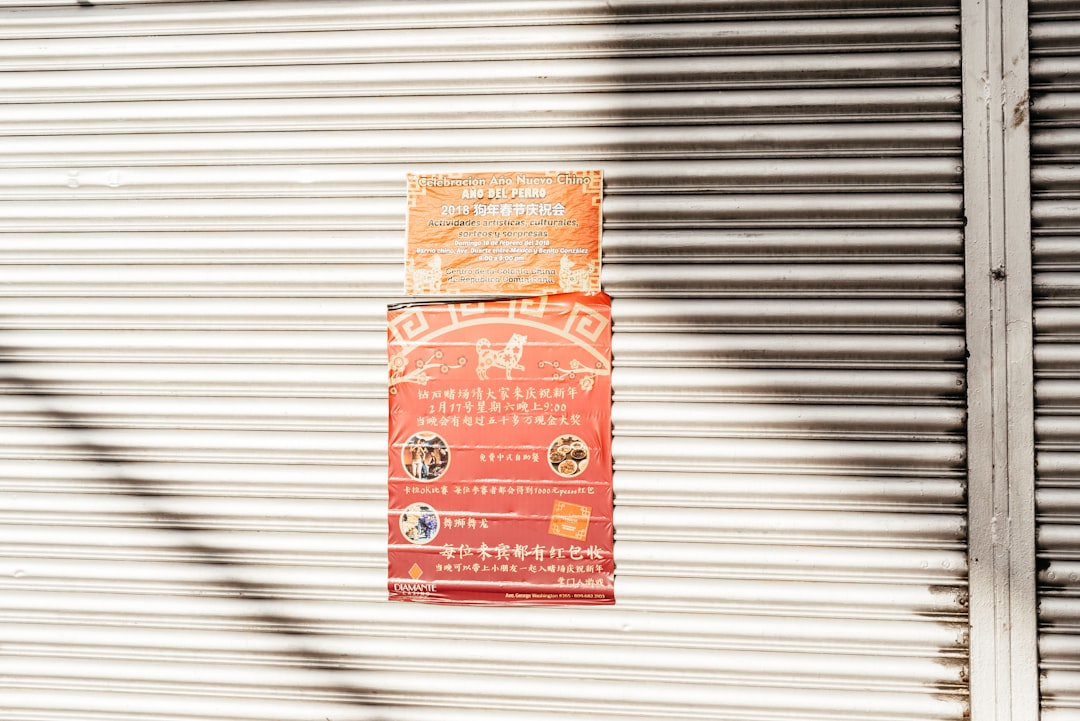Learn what makes packaging unique in China and how design companies adapt products to resonate with Chinese consumers.
Introduction
Entering the Chinese market presents a myriad of opportunities for global brands. However, one of the critical factors determining success is Chinese packaging design. Packaging is not merely a protective layer for products but a powerful tool that communicates brand values, attracts consumers, and differentiates products in a competitive landscape. This guide delves into the nuances of localizing your product’s packaging to align with Chinese consumer preferences and cultural norms.
Understanding the Chinese Market
Chinese Consumer Behavior and Preferences
China’s vast and diverse consumer base exhibits unique purchasing behaviors influenced by cultural, social, and economic factors. Modern consumers, especially Millennials and Gen Z, prioritize quality, innovation, and aesthetic appeal. Platforms like WeChat significantly impact purchasing decisions, offering seamless integration between e-commerce and social interactions. Unlike the Western preference for minimalistic designs, Chinese consumers favor vibrant and visually appealing packaging that reflects cultural richness and modern trends.
Cultural Factors to Consider
China’s deep-rooted traditions and cultural symbols play a pivotal role in consumer preferences. Incorporating elements like traditional motifs, auspicious symbols, and culturally significant colors can enhance brand resonance. For instance, the color red symbolizes happiness and prosperity, while gold represents wealth and luxury. Utilizing these colors strategically can make your packaging more appealing and culturally relevant.
Importance of Adapting Packaging Design for the Chinese Market
Influencing Purchase Decisions
Packaging design heavily influences Chinese consumers’ purchasing decisions. Bright colors, personalized designs, and culturally relevant symbols can attract attention and convey quality. Customized packaging, such as limited-edition items with unique designs, can drive sales by tapping into the consumers’ desire for exclusivity and personal connection with brands.
Catering to Different Generations
Different generations in China have distinct packaging preferences. Younger consumers lean towards innovative and colorful designs, whereas older generations prefer traditional and conservative packaging. Understanding these generational differences enables brands to tailor their packaging strategies effectively, ensuring broader market appeal.
Adapting Packaging Design
Branding and Visual Identity
Creating a recognizable brand name and logo that resonate with Chinese consumers is essential. Balancing global brand consistency with local cultural elements helps in establishing a strong visual identity. For example, integrating local architectural motifs or traditional patterns can make the brand more relatable and trustworthy.
Language and Communication
Localization of language is crucial. While Mandarin is the official language, regional dialects may require customized messaging to cater to specific consumer groups. Clear and culturally appropriate communication through text and symbols ensures that the brand message is effectively conveyed without misunderstandings.
Colors and Symbolism
Colors hold significant meaning in Chinese culture. Red symbolizes good fortune and joy, making it ideal for festive packaging. Gold conveys luxury and prosperity, appealing to consumers seeking premium products. Conversely, white is associated with mourning, and its usage should be avoided in most packaging contexts.
Shape and Size
Functionality and convenience are highly valued. Packaging that is easy to use, store, and dispose of is preferred. Additionally, product size impacts consumer perception—smaller sizes can suggest exclusivity and high quality, while larger sizes are often seen as more economical and practical.
Materials and Sustainability
Sustainable packaging is gaining traction in China. Utilizing biodegradable plastics, plant-based materials, and recyclable packaging aligns with the growing consumer awareness of environmental issues. Sustainable practices not only appeal to eco-conscious consumers but also enhance the brand’s reputation.
Packaging for Special Occasions
Traditional festivals like Chinese New Year and Mid-Autumn Festival present unique opportunities for customized packaging. Festive designs featuring traditional symbols, intricate patterns, and auspicious colors can significantly boost sales during these periods. For example, elegant mooncake packaging during the Mid-Autumn Festival can attract consumers looking for premium gift options.
Case Studies
Successful Examples of Packaging Design in China
Xiaomi’s Mi Home App Packaging showcases minimalist and elegant design tailored to reflect simplicity and user-friendliness, resonating well with Chinese tech-savvy consumers. Similarly, KFC’s localized packaging incorporates elements like chopsticks and culturally inspired designs, enhancing brand relatability and appeal.
Factors Contributing to Success
The success of these brands stems from their deep understanding of cultural nuances, consumer behavior, and effective localization strategies. By integrating traditional elements with modern design aesthetics, these brands created packaging that not only attracts but also builds a strong emotional connection with consumers.
Conclusion
Adapting your Chinese packaging design is imperative for success in this dynamic market. By understanding consumer behavior, respecting cultural traditions, and implementing strategic design elements, brands can create packaging that not only stands out on the shelves but also fosters lasting connections with Chinese consumers.
Partnering with experts who have a profound understanding of the Chinese market, like Ripple Marketing, can significantly enhance your localization efforts. Let us help you navigate the complexities of packaging design and ensure your product resonates with your target audience in China.

Leave a Reply